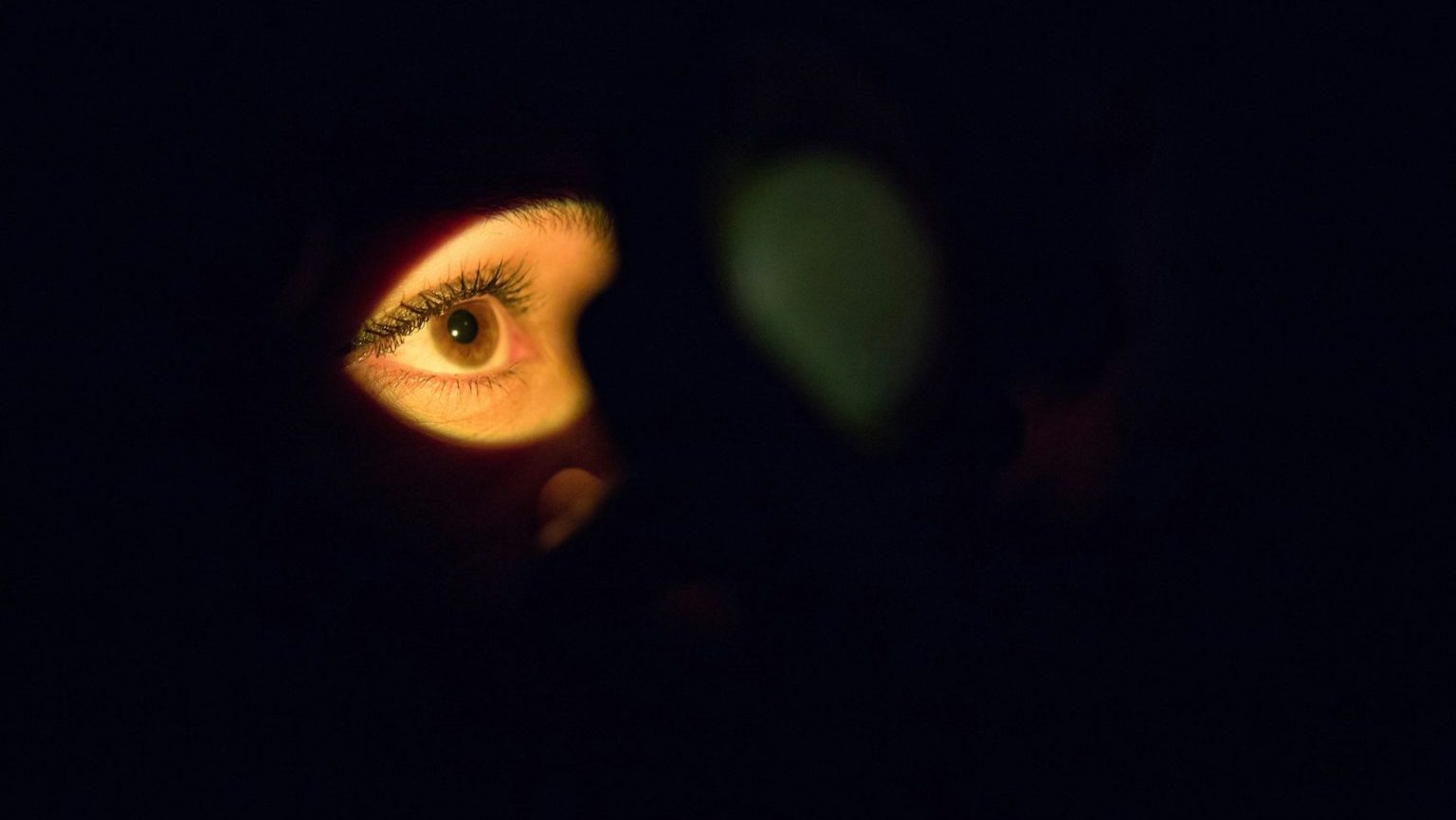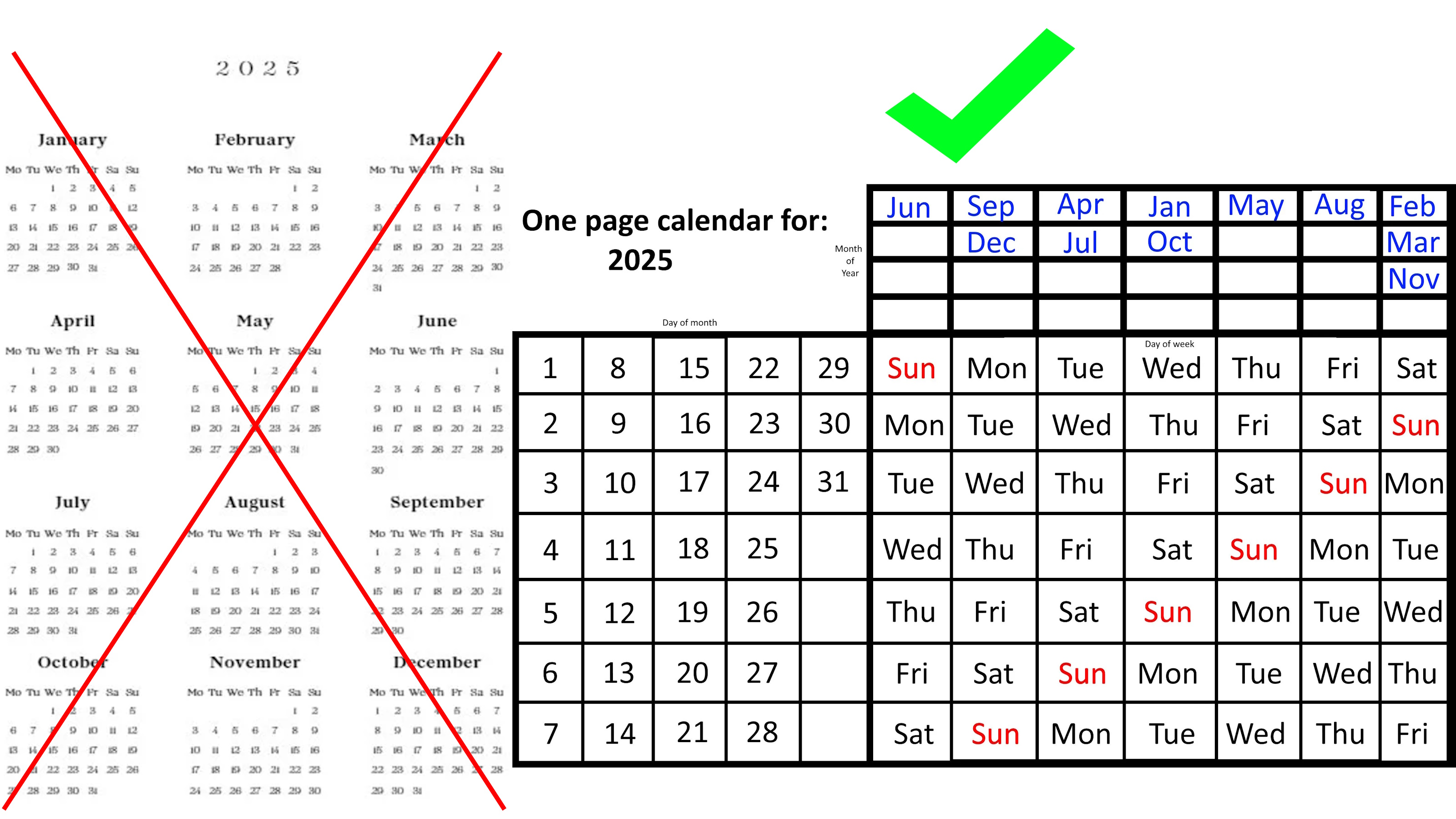It’s possible that there is a tiny, curled-up dimension in every point surrounding us, each too small for us to perceive or comprehend.
Question: How does the possible existence of other dimensions affect our study of the universe?
Katie Freese: I was mentioning this one possibility that we are living on a three dimensional surface, but that there are other dimensions out there. In string theory you would need ten dimensions and it’s possible… There is a number of different possibilities. One is that at every point in this room there is a tiny curled up dimension that we don’t know about because nothing that we… that we can’t go in there. It is too tiny and nothing we know about can fit in there either, maybe gravity can communicate through these additional curled up dimensions. That is one possibility. The other possibility is that one of the other dimensions or more of them could be large and cutoff at the other end by another brain similar to ours, so people wonder well what is the affect of the matter, is there some kind of dark matter on that other brain and that is actually what we’re seeing when we look at galaxies or is there when the accelerator at CERN, the LHC, when they’re taking data are they going to see missing energy that leaks out into the extra dimensions? This again would require the extra dimensions to be somewhat larger in order for that to happen, but it is certainly possible.
Another project that I worked on, this one was a lot of fun. If we’re living on a three dimensional surface like that and it is possible for some gravitational signal or I don’t know what kind of signal, something to leave our brain, go into the extra dimensions and then come back in the distant future and if the shapes are right, so imagine our brain is curved and the extra dimension… So I guess I’ll try to illustrate, so our brain is like this and in the extra dimensions you can cut it off by… You can do a shortcut path by cutting across then you could communicate information in a way that looks like it is faster than the speed of light, so that would be fun.
Question: How does one visualize these extra dimensions?
Katie Freese: It is a spacial… I am thinking in terms of spacial extra dimensions, so not time. Well there are some models where you have additional time dimensions, but what I’m talking about now you still have this single time dimension, but the… So we have here you know the… You move to the right. You move up. You move… The three dimensions that we’re used and probably you could just keep going on infinitely in any of those directions whereas the other dimensions I’m talking about like I said if they’re small then… So where I’m sitting right now I could move in the X direction. I could move forward. I could move in the Y direction. I could move to the right. I could move in the Z direction. I could move up, but I cannot move in this other direction because I’m too big, so these other directions are… They’re like curled up little circles and they’re just really tiny. That is one possibility.
Recorded May 7, 2010
Interviewed by David Hirschman





